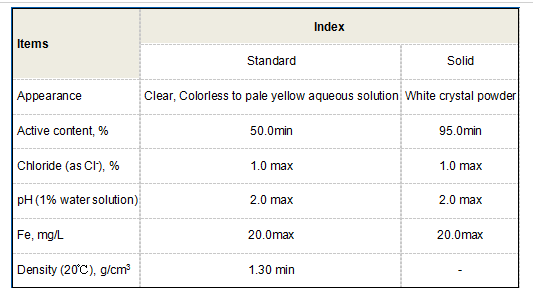Current Pricing Trends for Cationic Polyacrylamide in the Market Today
Understanding the Pricing Dynamics of Cationic Polyacrylamide
Cationic polyacrylamide is a synthetic polymer widely used across various industries, notably in water treatment, paper manufacturing, cosmetics, and oil recovery. Its versatile properties, including high molecular weight and excellent flocculation capabilities, make it crucial for enhancing the efficiency of many processes. As demand for environmental sustainability rises, the market for cationic polyacrylamide continues to grow, leading to fluctuations in its pricing. Understanding the factors affecting these prices is essential for businesses and consumers alike.
Market Demand and Supply
One of the primary factors influencing cationic polyacrylamide prices is the balance of supply and demand. The demand for this polymer has risen significantly, primarily due to increased regulations on wastewater treatment and stricter environmental guidelines. Industries are required to treat their effluents before discharge, which has fueled the demand for effective water-soluble polymers like cationic polyacrylamide. Additionally, its application in the oil and gas sector for enhanced oil recovery has also spurred demand, particularly in regions experiencing an increase in oil production activities.
On the supply side, the production capacity and costs associated with manufacturing cationic polyacrylamide are crucial. Fluctuations in the prices of raw materials, including acrylonitrile and acrylic acid, can significantly impact production costs. Manufacturers must also consider the technological advancements in production processes, which can lead to increased efficiency and potentially lower prices.
Regional Variations
The pricing of cationic polyacrylamide can vary significantly by region. In countries with stringent environmental regulations, such as those in Europe and North America, demand is particularly strong, and prices tend to be higher due to increased compliance costs. Conversely, regions with less stringent regulations may experience lower prices, although this can lead to challenges in water quality management and environmental protection.
Additionally, emerging markets such as India and Southeast Asia are witnessing a surge in demand for cationic polyacrylamide as industrialization accelerates
. This growing market can lead to competitive pricing dynamics, especially as local manufacturers enter the scene, potentially driving prices down.cationic polyacrylamide price

Quality and Specifications
Another critical aspect influencing cationic polyacrylamide pricing is the quality and specific characteristics of the product. Different industries may require specific molecular weights or charge densities, which can affect the cost. High-quality products that meet stringent industry specifications will typically command a higher price. Companies may also invest in research and development to enhance the performance of polyacrylamide products, which can contribute to higher prices.
Future Trends and Market Outlook
The future of cationic polyacrylamide pricing is likely to be shaped by several trends. The ongoing push for sustainable and eco-friendly solutions will drive innovations in production methods, potentially lowering costs while improving product performance. Furthermore, as more industries recognize the importance of effective water treatment solutions, demand will likely continue to rise, putting upward pressure on prices.
Additionally, global events such as economic shifts, trade policies, and supply chain disruptions can influence market dynamics. Manufacturers and consumers should remain vigilant and adaptable to these changes.
Conclusion
Understanding the pricing dynamics of cationic polyacrylamide is essential for stakeholders across various industries. By analyzing the factors of demand and supply, regional variations, product specifications, and future trends, businesses can make informed decisions about procurement and pricing strategies. As the market continues to evolve, staying attuned to these developments will be crucial for navigating the complexities of cationic polyacrylamide pricing.
-
Water Treatment with Flocculant Water TreatmentNewsJun.12,2025
-
Polymaleic AnhydrideNewsJun.12,2025
-
Polyaspartic AcidNewsJun.12,2025
-
Enhance Industrial Processes with IsothiazolinonesNewsJun.12,2025
-
Enhance Industrial Processes with PBTCA SolutionsNewsJun.12,2025
-
Dodecyldimethylbenzylammonium Chloride SolutionsNewsJun.12,2025





